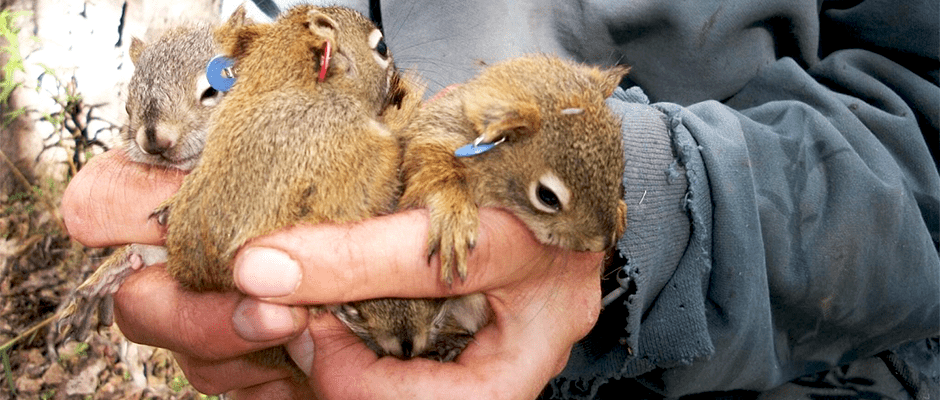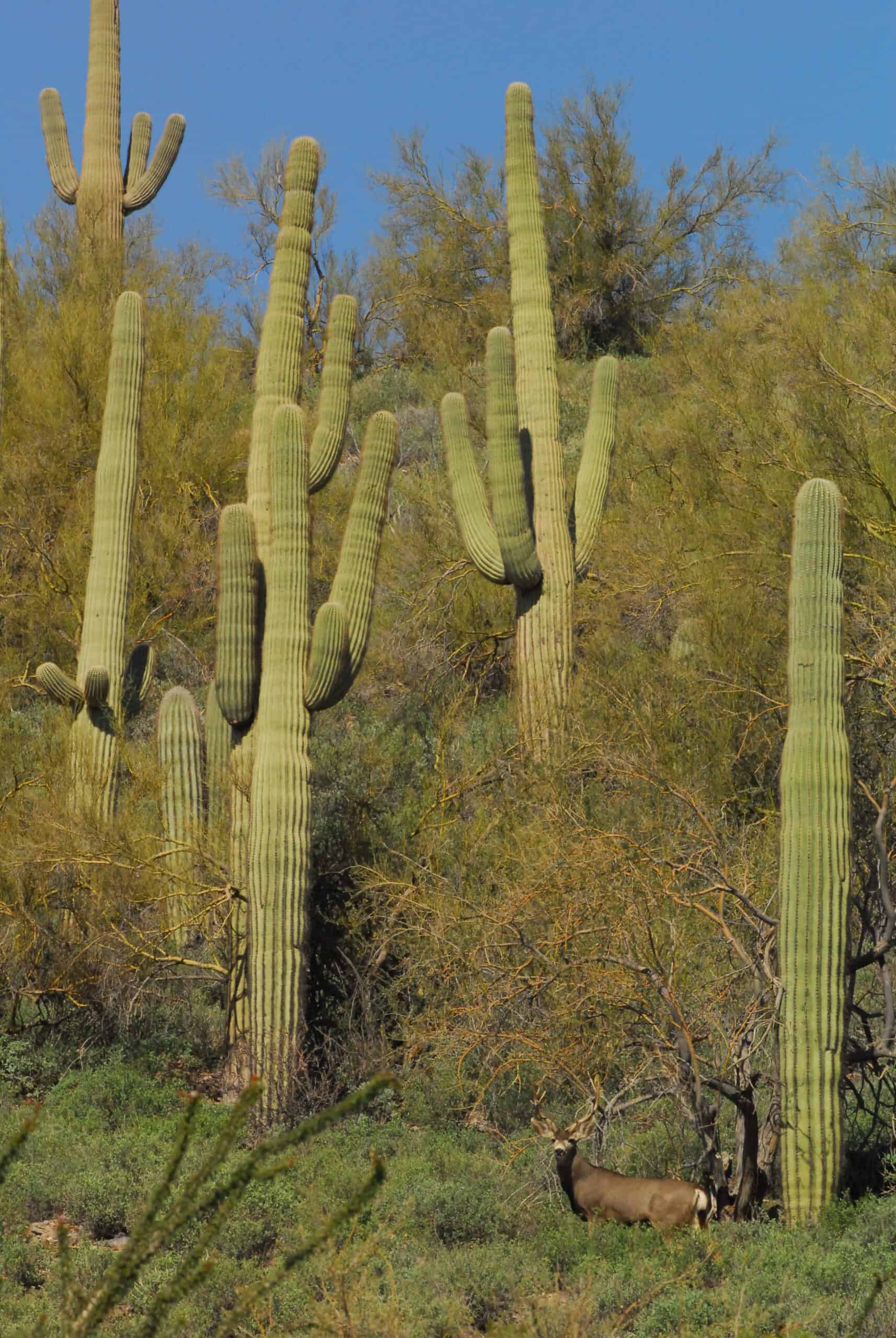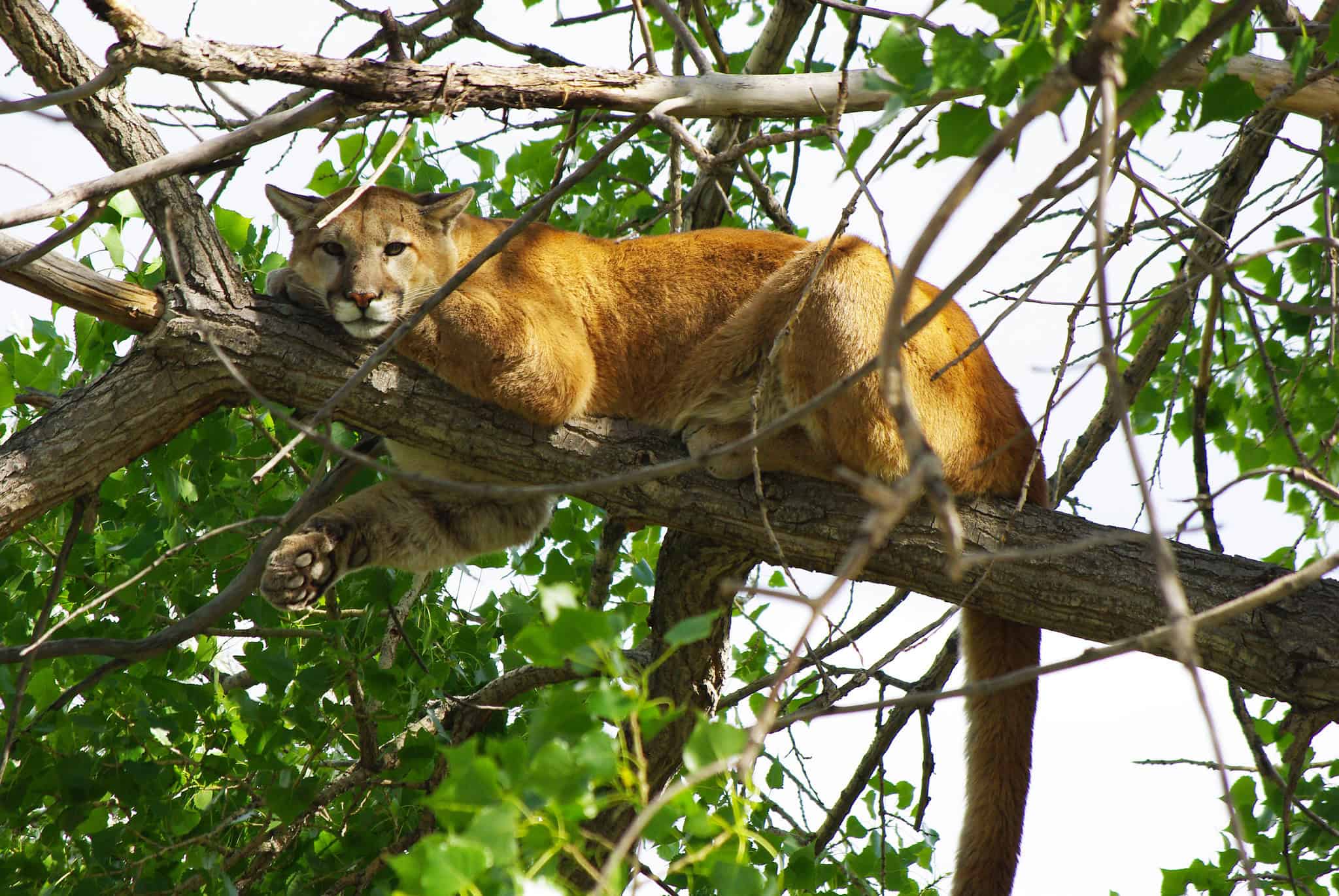Share this article
Study shows multilevel natural selection in red squirrels
North American red squirrels (Tamiasciurus hudsonicus) born earlier than those in nearby litters are more likely to survive because they get a head start on finding a vacant territory to store food for wintertime, suggests a recent study from Yukon.
“Being born earlier than litters within 130 meters of you is beneficial,” said David Fisher, a postdoctoral fellow at the University of Guelph and lead author of the paper in Evolution.
North American red squirrels (Tamiasciurus hudsonicus) are born into litters of four pups on average, he said. When it’s time for young squirrels to leave the nest, they must find an unoccupied territory with a midden where they can bury their food to tide them over the winter. Typically, only 25 percent of juvenile squirrels last through the colder months, with survival largely dependent on obtaining this vacant space. Previous studies have indicated that squirrels born earlier in the year have a higher chance of survival, but Fisher was curious about which squirrels they had to be born before to experience this advantage – just those in neighboring litters or all those born that season in the broader habitat?
To answer this question, Fisher set out to the boreal forests of southwestern Yukon. There, the Kluane Red Squirrel Project has been tagging and tracking thousands of squirrels since 1987 to learn more about their ecology and evolution. Researchers locate female squirrels in early spring to estimate when they’ll give birth and then return to tag their litters. Thanks to this extensive effort, Fisher and his colleagues could find out the birthdate, birthplace and whereabouts of every individual in the population throughout its life and examine how a squirrel’s birthdate affected how long it survived.
Fisher’s team discovered that squirrels born before those in nearby litters had a greater likelihood of claiming an empty local territory on which to safeguard resources and make it through the winter.
“How good it is to be born early is more pronounced when the population density is higher,” he said.
These findings underscore the role of social competition with neighbors in the squirrels’ survival, Fisher said, and point to the importance of multilevel natural selection – a theory that has been debated in evolutionary biology for some time, partly because it has few examples in the wild.
“Multilevel selection is when some attribute of a group or level of organization above the individual, influences an individual’s survival or reproductive success,” he said.
The squirrels are a solitary species, he said, but a trait – birthdate – expressed at the level of the litter impacted how long individual pups survived in this study.
“From a conservation and management perspective,” Fisher said, “this means that when studying animals that may not live in obvious groups, we need to still consider traits within things like social neighborhoods because these traits can alter how an animal responds to selection pressure.”
Maintaining this awareness can help biologists monitor the effects of environmental change on a population across multiple levels beyond just the individual, he said.
Fisher and his fellow researchers are now delving into factors that determine the success of juvenile squirrels in establishing territories and investigating the genetic influences on the animals’ social interactions.
Header Image: A researcher holds a bunch of 25-day-old North American red squirrel pups. ©Bend Dantzer








